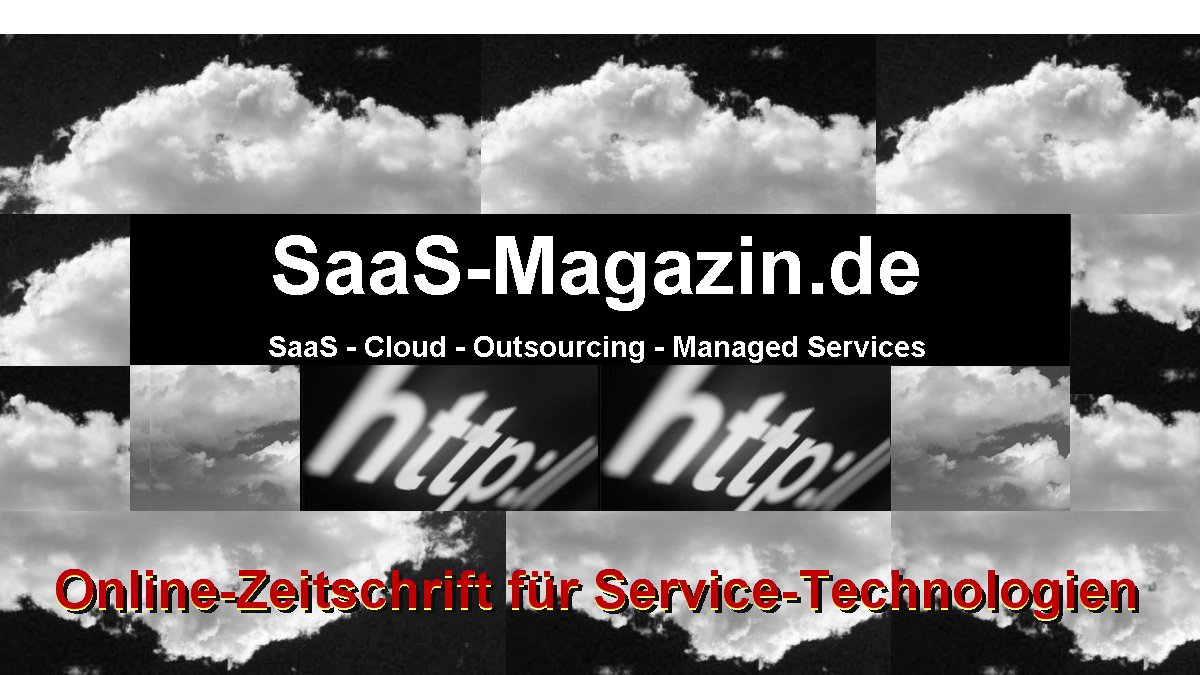
Emerging Software-as-a-Service Vendor Community
IDC: Europe's Software Industry is Strongest in Applications and has Many SaaS Startups
The European SaaS Vendors are Interesting Because the Segment Grows in Excess of Five Times Faster Each Year Than Software Overall
(27.04.11) - According to International Data Corporation (IDC), the European software industry is mostly clustered in the largest European countries: Germany, the U.K., and France. This might not come as a surprise given the size of these markets, but even when taking into account country size, the largest European countries, as well as countries in the Nordic and Benelux regions, are clearly the most ISV intensive. A software industry requires a large home market in order to build scale, reduce unit costs, and thereby increase competitiveness. Furthermore, countries with advanced domestic customer requirements and open, export-oriented cultures generally have a strong software industry.
Another trait of the European software industry is its focus on applications as opposed to development tools, middleware, and system infrastructure software. In core applications (ERM, SCM, and CRM) and industry applications, the European top 100 ISVs had market shares in excess of 20 percent of the global market in 2009. In middleware, information management, and infrastructure software, the corresponding market shares were 5 percent or less. IDC believes that the local nature of enterprise applications with respect to legislation, business practices and structures, languages, currencies, and so in is the main factor behind the strength of European ISVs in applications.
IDC has also examined Europe's emerging software-as-a-service (SaaS) vendor community. The European SaaS vendors are interesting because the segment grows in excess of five times faster each year than software overall. So, while the European SaaS vendor community is much smaller than the traditional ISV community today, the SaaS vendor group is a critical barometer of the future of Europe's software industry.
Interestingly, an analysis of a sample of 174 European SaaS vendors showed that the European SaaS vendor community is — just like its European peers in traditional software — heavily focused on applications as opposed to system infrastructure software and application development and deployment (AD&D) software. A large majority (90 percent) of the sample companies offered an SaaS application as opposed to SaaS-based middleware or infrastructure software. IDC believes that this application-centricity is due to existing domain knowledge in the European software industry as well as differentiation possibilities due to local European conditions, market structures, currencies, languages, business practices, legislation, and other local factors.
Among the 84 SaaS enterprise resource management (ERM) providers, IDC found a continuation of the traditional battle between the ERP suites and best-of-breed applications. Nearly half (42 percent) of the SaaS ERM vendors offered ERP suites, and the remaining 58 percent offered more specialised, best-of-breed ERM solutions. Ensuring ease of integration is likely to be a major focus area for the best-of-breed SaaS solutions going forward.
"The majority of the SaaS vendors in our vendor sample had annual revenues of $3 million or less, so they are essentially small ISVs," said Bo Lykkegaard, research director at IDC. "The upside of this majority of small vendors is that it reflects a significant level of start-up activity in Europe and that many of these small SaaS vendors are likely to see strong growth over the coming years. However, it clearly will take in excess of our normal five-year horizon before the SaaS vendors will make up a significant proportion of the top 100 European ISVs."
IDC's studies on Europe's software industry include:
Europe's Software Industry: Where Are the ISV Clusters in Europe? (IDC #LC02T, January 2011)
Future Software Leaders in Europe: An Analysis of 174 European SaaS Vendors(IDC #LC04T, March 2011)
(IDC: ra)
IDC: Kontakt und Steckbrief

Der Informationsanbieter hat seinen Kontakt leider noch nicht freigeschaltet.